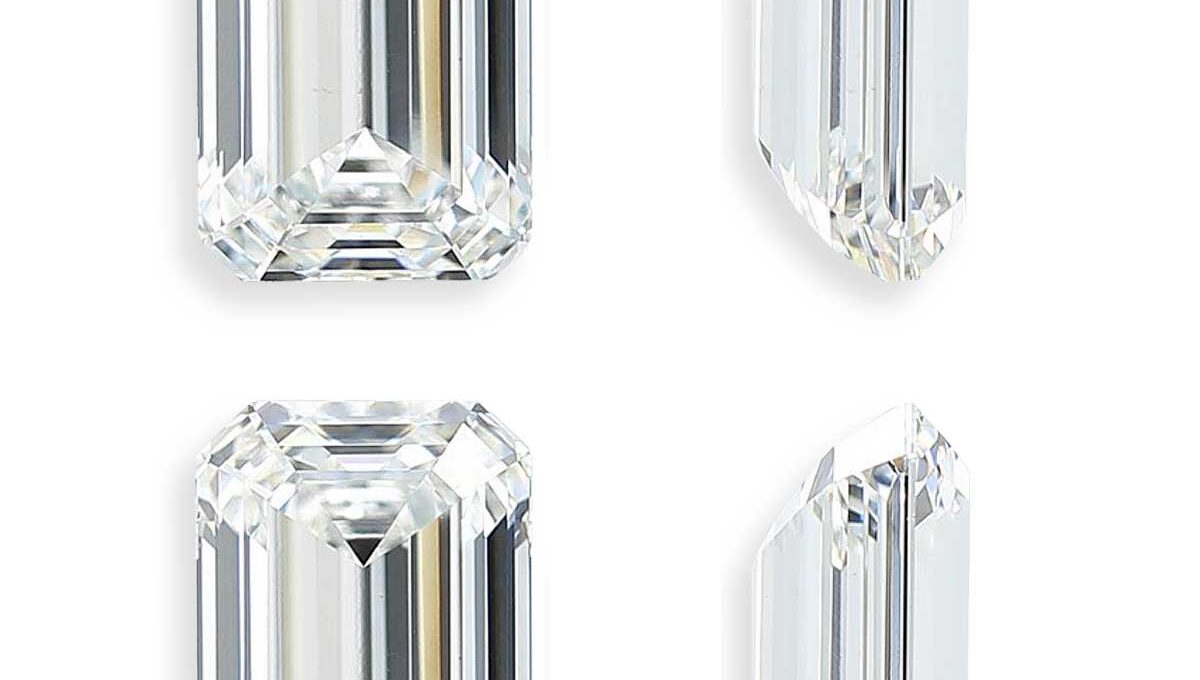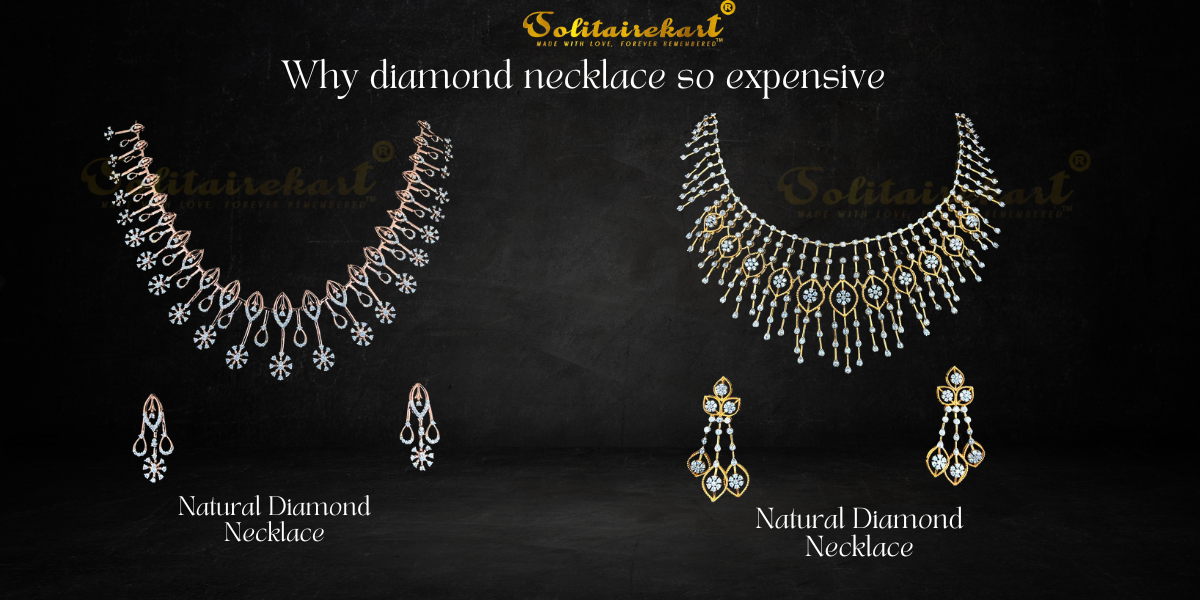

Lab-Grown Diamonds vs Natural Diamonds: An In-Depth Comparison
Lab-Grown Diamonds vs Natural Diamonds have captivated hearts for centuries, symbolizing love, beauty, and everlasting commitment. Today, consumers have more options when it comes to choosing a diamond, with lab-grown diamonds emerging as a popular alternative to natural diamonds. In this comprehensive guide, we’ll delve into the key differences between lab-grown diamonds and natural diamonds, enabling you to make an informed choice that aligns with your values and preferences.
The Origin Story
Natural Diamonds
Natural diamonds are formed deep within the Earth’s mantle under intense pressure and high temperatures over billions of years. They are mined from the earth through excavation processes. These exquisite gems are cherished for their rarity, geological significance, and historical value.
Lab-Grown Diamonds
Lab-grown diamonds, on the other hand, are created in controlled laboratory environments. They are produced using advanced technology that simulates the intense heat and pressure conditions necessary for diamond formation. While the actual process can vary, lab-grown diamonds are generally created by either High Pressure-High Temperature (HPHT) or Chemical Vapor Deposition (CVD) methods.
Key Points of Comparison
1. Origins and Rarity
Natural diamonds are deeply ingrained in the Earth’s geological history and are extremely rare. Their formation process takes billions of years, providing them with a sense of natural scarcity and value. In contrast, lab-grown diamonds are cultivated in a matter of weeks or months, making them more readily available. As such, natural diamonds may hold a certain allure and sentimental value for those seeking a truly unique and rare gem.
2. Ethics and Sustainability
Ethical concerns surround the mining of natural diamonds, as it can be associated with harmful environmental practices, exploitation of labor, and instances of conflict diamonds. Lab-grown diamonds, however, provide an ethical alternative. They are created in a controlled environment, requiring no mining and bypassing the associated ethical and environmental concerns. Choosing lab-grown diamonds allows you to make a socially responsible and sustainable choice.
3. Quality and Appearance
Both Lab-Grown Diamonds vs Natural Diamonds have the same molecular structure, meaning they possess similar optical and physical properties. Lab-grown diamonds can exhibit exceptional quality, clarity, and brilliance. However, some argue that natural diamonds may possess a unique charm and character, showcasing individual variations and imperfections that arise during their geological formation.
4. Price and Affordability
Lab-grown diamonds typically cost less than their natural counterparts. The production process of lab-grown diamonds is controlled and efficient, resulting in lower costs for consumers. This allows you to obtain a larger and higher-quality lab-grown diamond for the same price as a smaller natural diamond. If budget is a consideration, lab-grown diamonds provide an attractive and cost-effective option.
5. Market Perception and Resale Value
Although lab-grown diamonds are gaining popularity, the market perception and resale value of these gems may still lag behind that of natural diamonds. Natural diamonds have established themselves as a traditional and sought-after luxury item, which can impact their monetary value and demand in the market. However, as the market for lab-grown diamonds expands, their resale value and perceived worth may evolve over time.
Making Your Choice
Choosing between lab-grown diamonds and natural diamonds ultimately depends on your personal values, preferences, and budget. Natural diamonds come with a rich history, rarity, and a certain sentimental value. On the other hand, lab-grown diamonds offer an ethical and sustainable alternative, with similar visual appearance and often more affordable prices.
Consider factors such as the environmental impact, ethical considerations, cost, and your emotional connection to the significance of a natural diamond. By weighing these factors, you can make an informed decision that aligns with your values and desires for the perfect diamond.
Whichever path you choose, whether it’s a natural diamond steeped in history or a lab-grown diamond reflecting your commitment to sustainability, your chosen gem will undoubtedly embody the eternal beauty and symbolism that generations have cherished.


